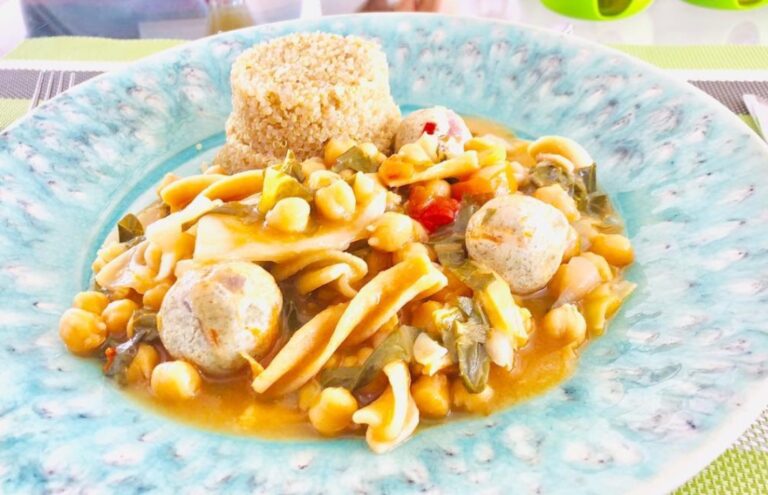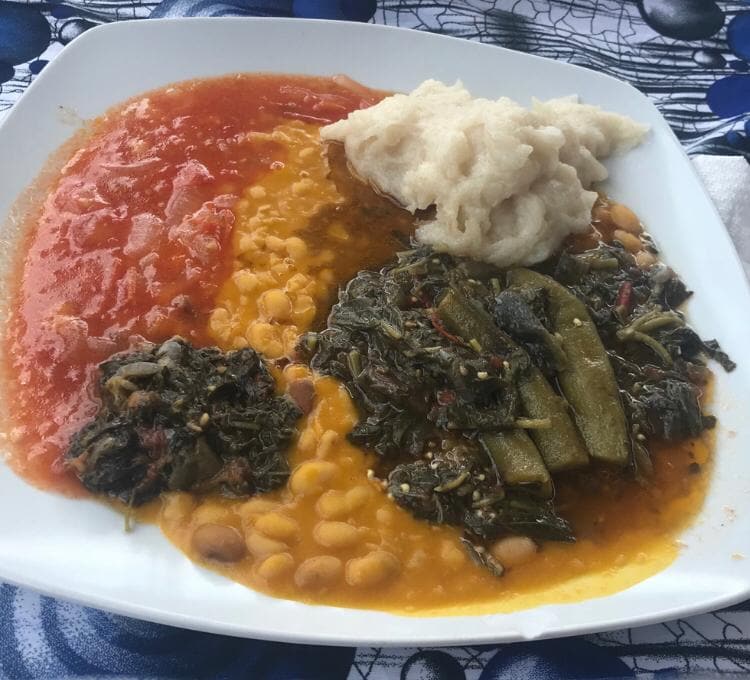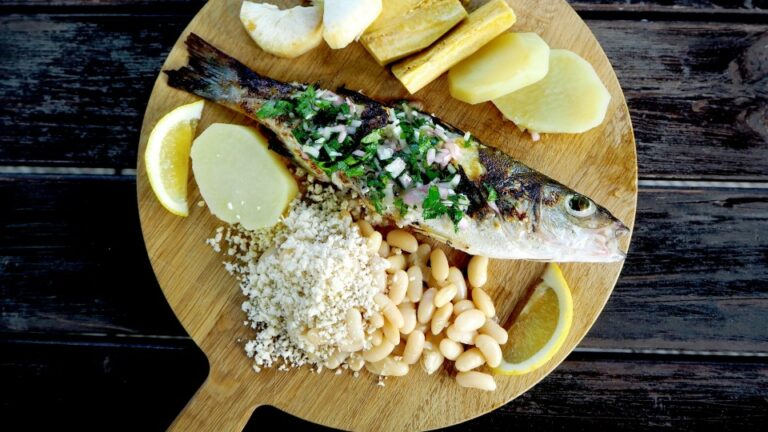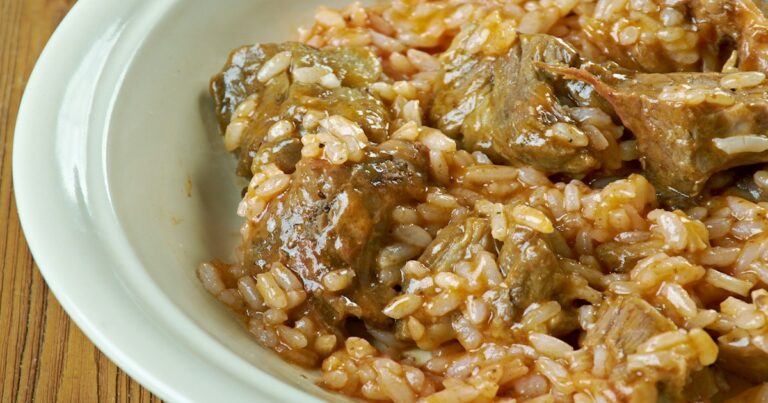Introduction: Exploring Angolan Cuisine
Angola is a country located on the western coast of southern Africa. Its cuisine is heavily influenced by the Portuguese, as well as traditional African flavors and ingredients. While Angola may not be as well-known for its snacks as some other countries in the region, there are still several tasty treats to be found.
Traditional Angolan Snacks: Overview
Traditional Angolan snacks are often made with locally-sourced ingredients such as cassava, peanuts, and spices. They are typically small, portable, and easy to eat on-the-go. Many of these snacks have been enjoyed for generations and continue to be popular today.
Chikuanga: The Most Popular Angolan Snack
Chikuanga is a savory snack made from cassava flour, water, and salt. The batter is formed into small cakes and then fried until crispy. Chikuanga is often eaten with a spicy tomato sauce, and it can be found in street markets and snack shops throughout Angola.
Cacussos: The Beloved Sweet Treat
Cacussos are a type of sweet fritter made with bananas, flour, sugar, and cinnamon. They are deep-fried until golden brown and crispy. Cacussos are a popular snack in Angola, especially during holidays and celebrations.
Kapenta: The Savory Snack with a Bite
Kapenta are small, dried fish that have been salted and sometimes smoked. They are a popular snack in Angola, particularly in coastal regions. Kapenta can be eaten on their own or used as a topping for salads and other dishes.
Kizaca: The Unique and Flavorful Snack
Kizaca is a snack made from roasted peanuts that have been ground into a paste and mixed with sugar and salt. The mixture is then formed into small balls and allowed to cool. Kizaca is a unique and flavorful snack that can be found in markets throughout Angola.
Other Popular Angolan Snacks to Try
In addition to the snacks mentioned above, there are several other popular snacks to try in Angola. These include xima (a porridge made from cornmeal), pãozinho (small rolls of bread), and empada (pastries filled with meat or vegetables).
Conclusion: Discovering Angolan Snacking Culture
While Angolan cuisine may not be as well-known as some other African cuisines, there are still many delicious snacks to discover. From savory chikuanga to sweet cacussos, there is something for everyone to enjoy. So the next time you find yourself in Angola, be sure to sample some of these tasty treats and experience the country’s snacking culture for yourself.








![Can you recommend some Angolan restaurants in [city]?](https://foodnerdy.com/blog/wp-content/uploads/2023/05/24-768x629.jpg)